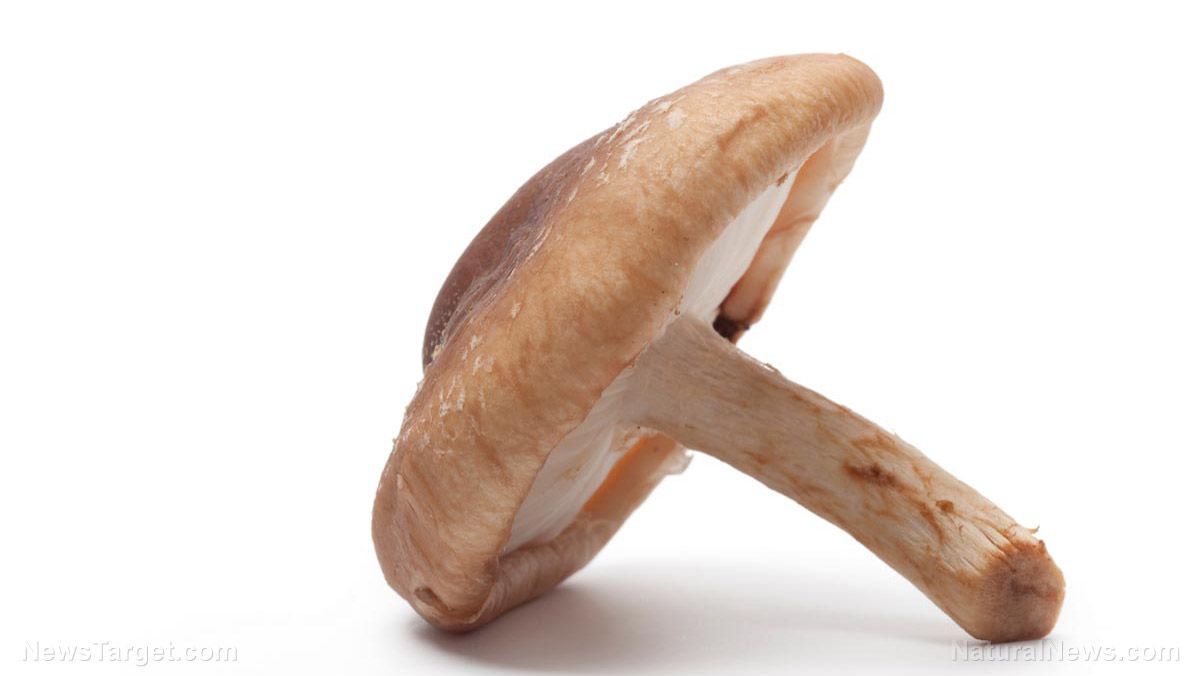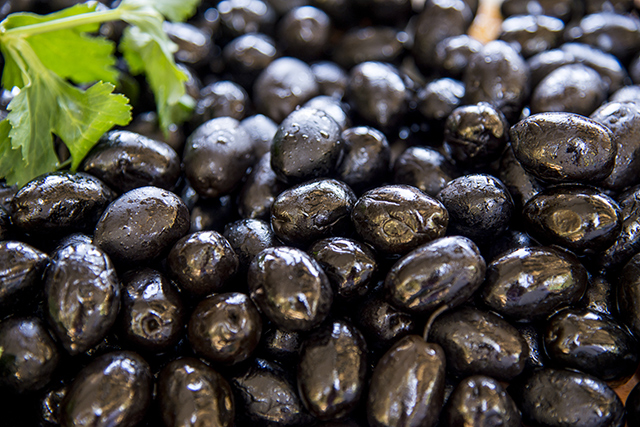Switching to agricultural practices that call for less plowing can benefit the environment in the long run
08/12/2019 / By Stephanie Diaz

Recent research published in the American Society of Agronomy evaluated the effect of changing agricultural methods to the water quality of a lake in southwestern Ohio. The study aimed to determine if switching cultivation methods could improve water quality. For a decade, researchers analyzed samples from Action Lake and measured the levels of suspended sediment, nitrogen, and phosphorus.
During the early 1990s, the Action Lake in southwestern Ohio was extremely grimy. Cornfields and soybean farms surround the lake, and sediments from these farms would travel from nearby streams to Action Lakes’ watershed. In turn, this eroded nearby landscapes and filled the lake with mud.
To reduce sediment runoff, the U.S. Department of Agriculture (USDA) gave incentives to farmers who changed their soil cultivation method to conservation tillage. (Related: Recovering ecosystems: How no-till farming is catching on in small farming communities across the plains.)
Conservation tillage is an agricultural practice wherein soil and water are conserved by reducing the intensity and the frequency of plowing. In effect, it retains plant residue and creates a more appropriate environment for growing crops.
The researchers analyzed water samples from Action Lake to determine whether the switch to conservation tillage had an impact on the water quality of Action Lake.
The researchers began their study in 1989, where they monitored farming practices around the area of Upper Four Mile Creek. Then, in 1994, they started taking samples from the watershed. They tracked the changes in water quality for 20 years.
Conservation tillage reduced sediments in Action Lake
The researchers found that the water quality from the first decade of the study was significantly different from the second decade of the research.
“The concentration of dissolved phosphorus in the streams declined sharply during the first ten years,” said co-author Michael Vanni. “But then, phosphorus levels increased over the next ten years.”
Although nitrogen levels were consistent at first, it decreased significantly after the first 10 years. Moreover, the amount of sedimentation significantly decreased during the first half of the study; but still consistently declined until the end of the research.
“We find that short-term trends in water quality may not reflect long-term changes,” said Vanni.
The researchers also stressed the importance of looking at long-term changes in water quality.
“We don’t have a lot of long-term information on how water quality in a stream or lake responds to agricultural change,” said Vanni.
The results of their study suggested that there might be trade-offs in controlling different aspects of water quality. “The main reason to encourage conservation tillage was to reduce soil erosion and sedimentation in Acton Lake,” said Vanni. “That has clearly been successful. Sediment inputs to the lake have declined.”
Benefits of practicing conservation tillage
Ever since the USDA recommended the practice of conservation tillage, more and more farmers have started switching to this cultivation method. Improving water quality is not the only benefit of conservation tillage. Farmers can also enjoy the following benefits:
- Increased profits: By employing conservation tillage, farmers would not need to hire an extra set of hands for plowing, thus reducing labor costs.
- Reduced fuel consumption: The practice of conservation tillage also means not having to run machinery as often. In effect, farmers reduce fuel consumption.
- Reduced water consumption: Conservation tillage retains residues from previous crops, which helps the soil absorb more water. It also reduces evaporation and water runoff.
- Increased crop yields: Conservation tillage, when done right, can boost crop yields. As long as farmers maintain soil fertility and ensure soil water retention, then they will reap the benefits of improved crop yield.
- Increased population of beneficial insects and bacteria: In conservation tillage, the soil remains undisturbed due to reduced plowing. Consequently, this increases beneficial insects and bacteria in the soil. These insects and bacteria promote a healthy environment that equally benefits a wide variety of species.
To know more about agricultural methods and their impact on the environment, visit Ecology.news.
Sources include:
Tagged Under: Action Lake, agriculture, conservation tillage, crops, environment, farming, Plants, plowing, research, sediments, soil health, soil quality, water health, water quality, watershed
RECENT NEWS & ARTICLES
COPYRIGHT © 2017 RESEARCH NEWS



















